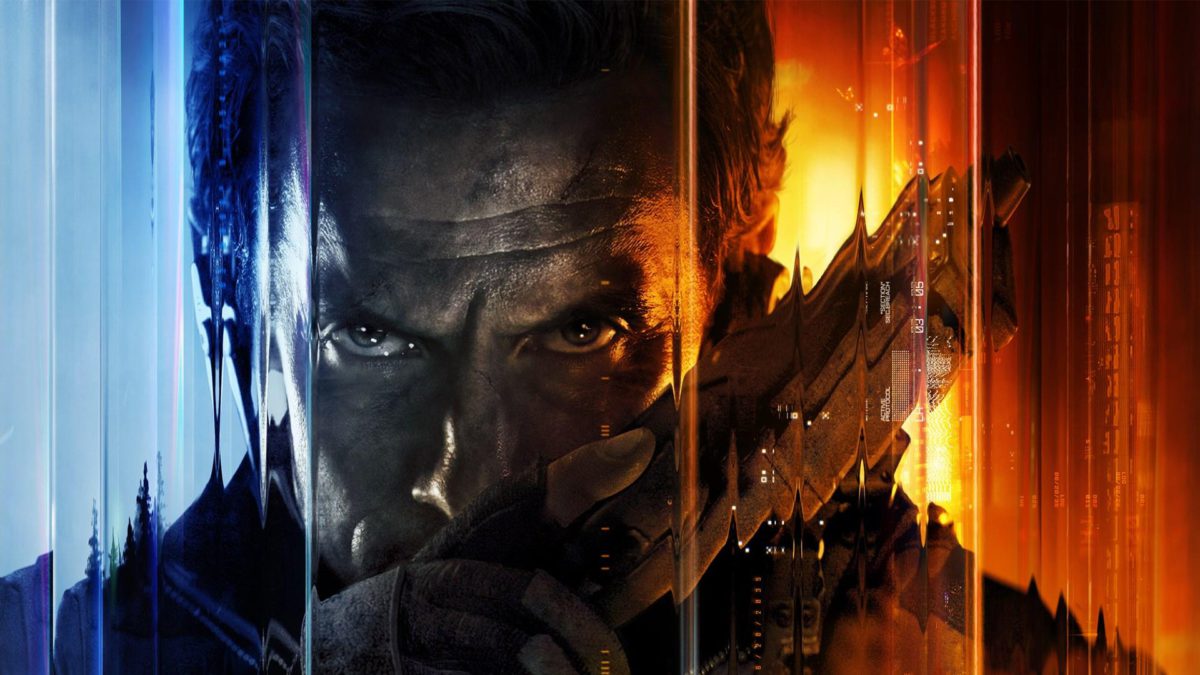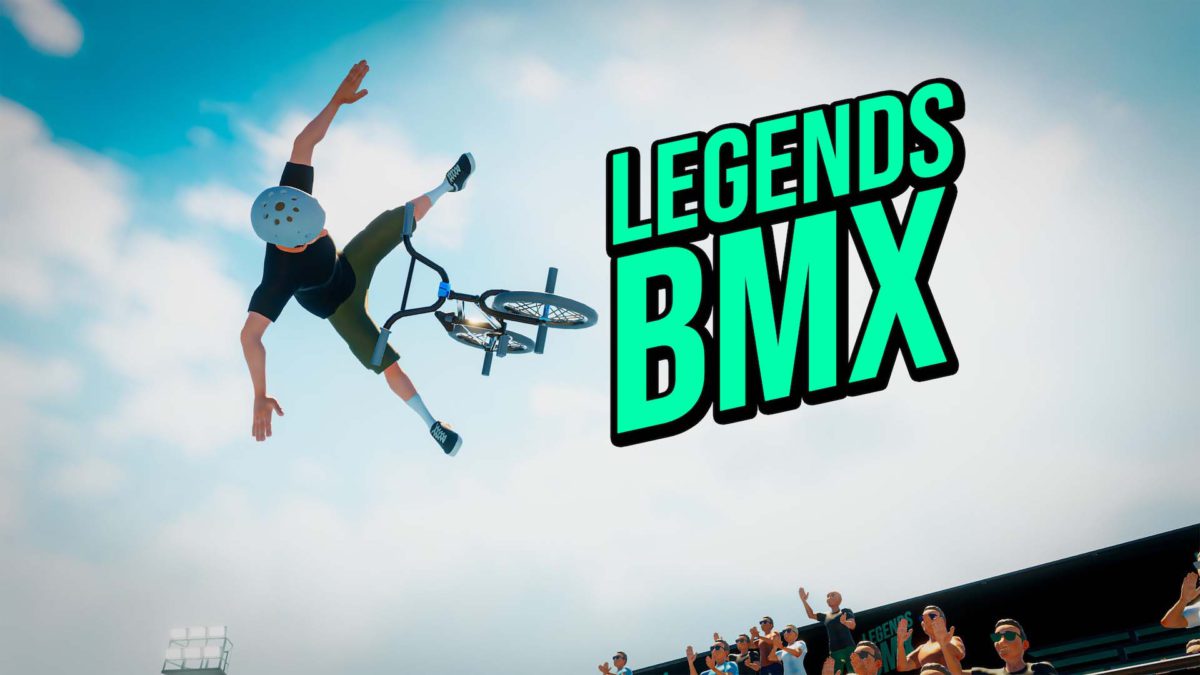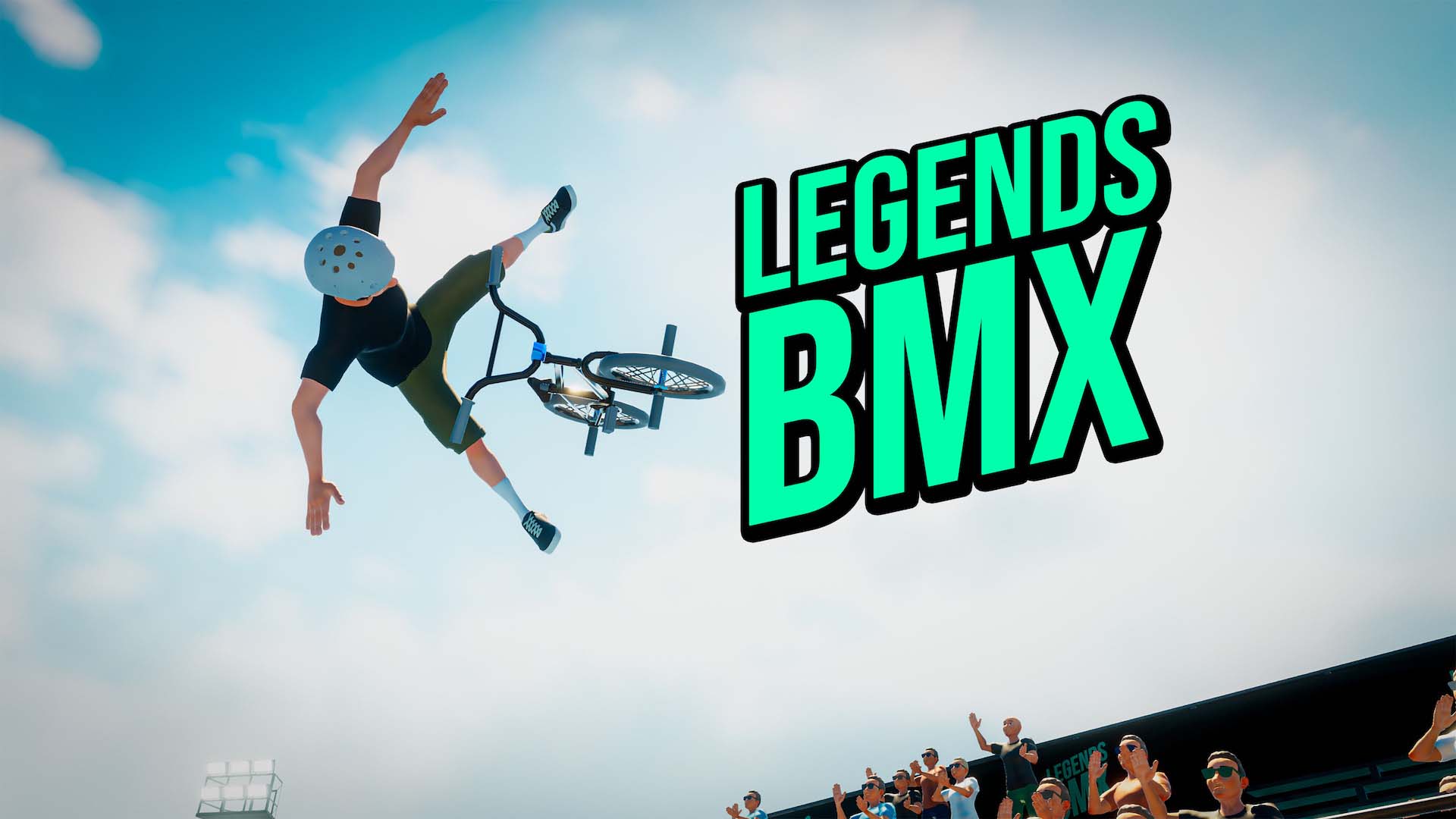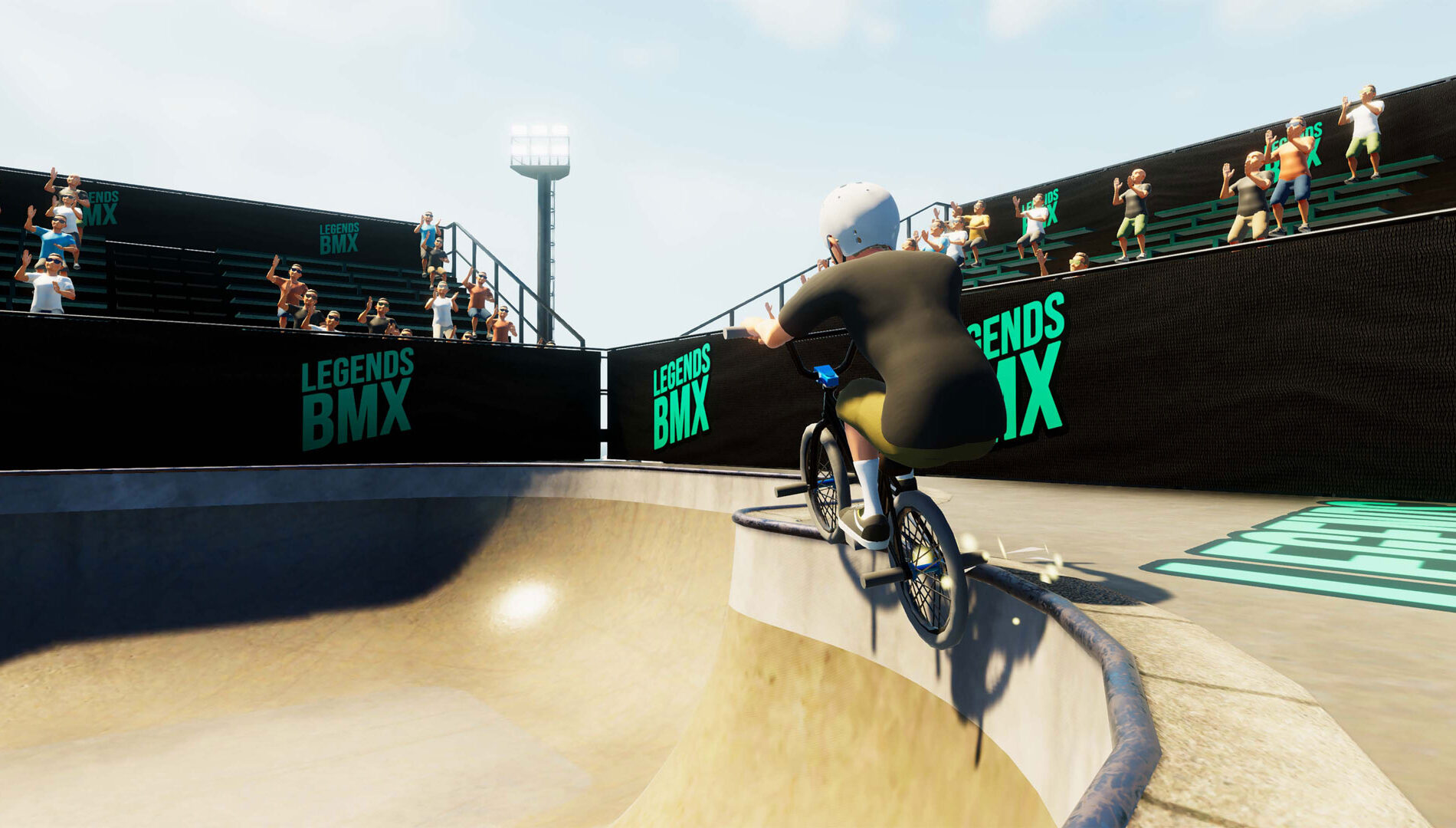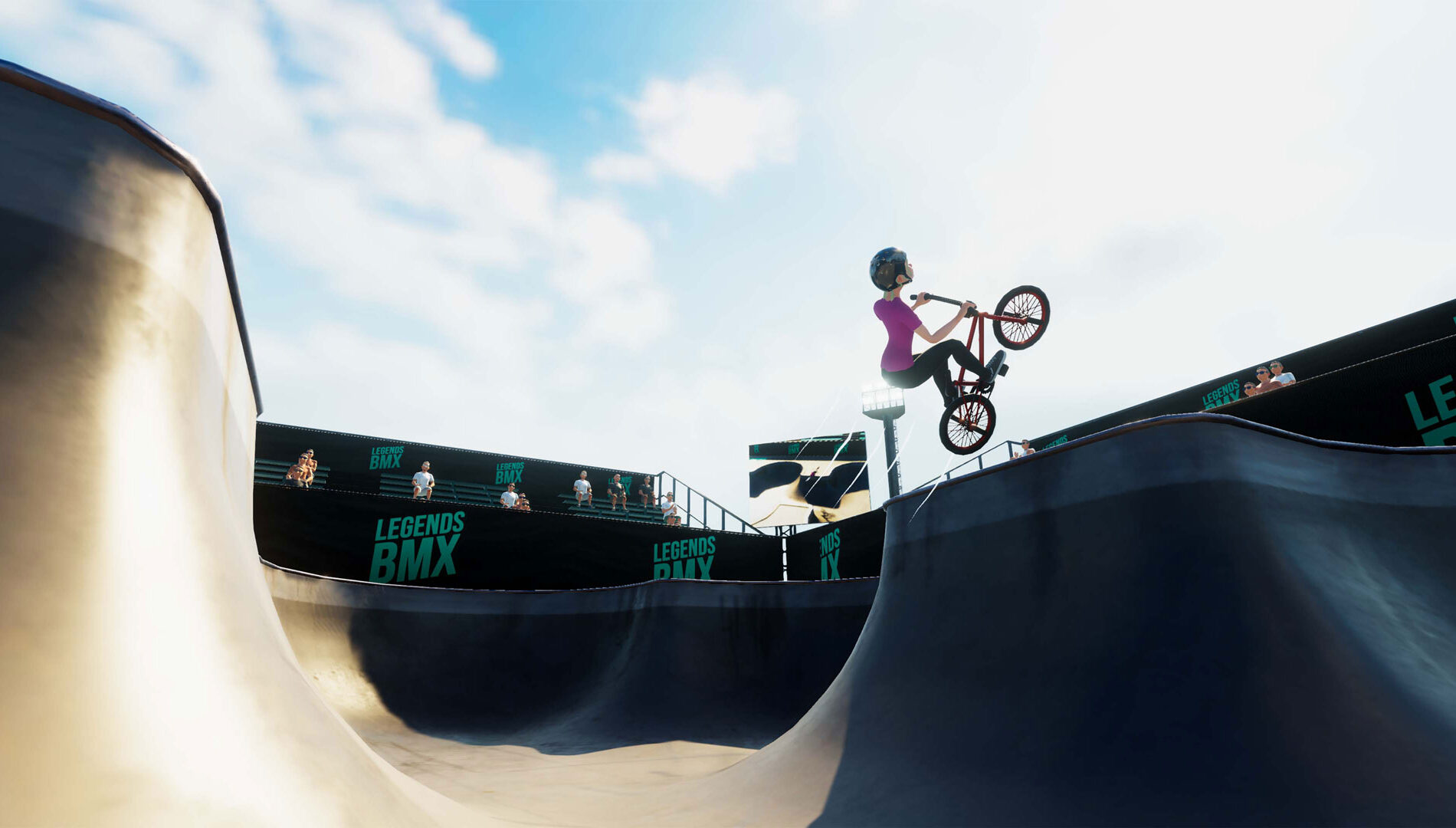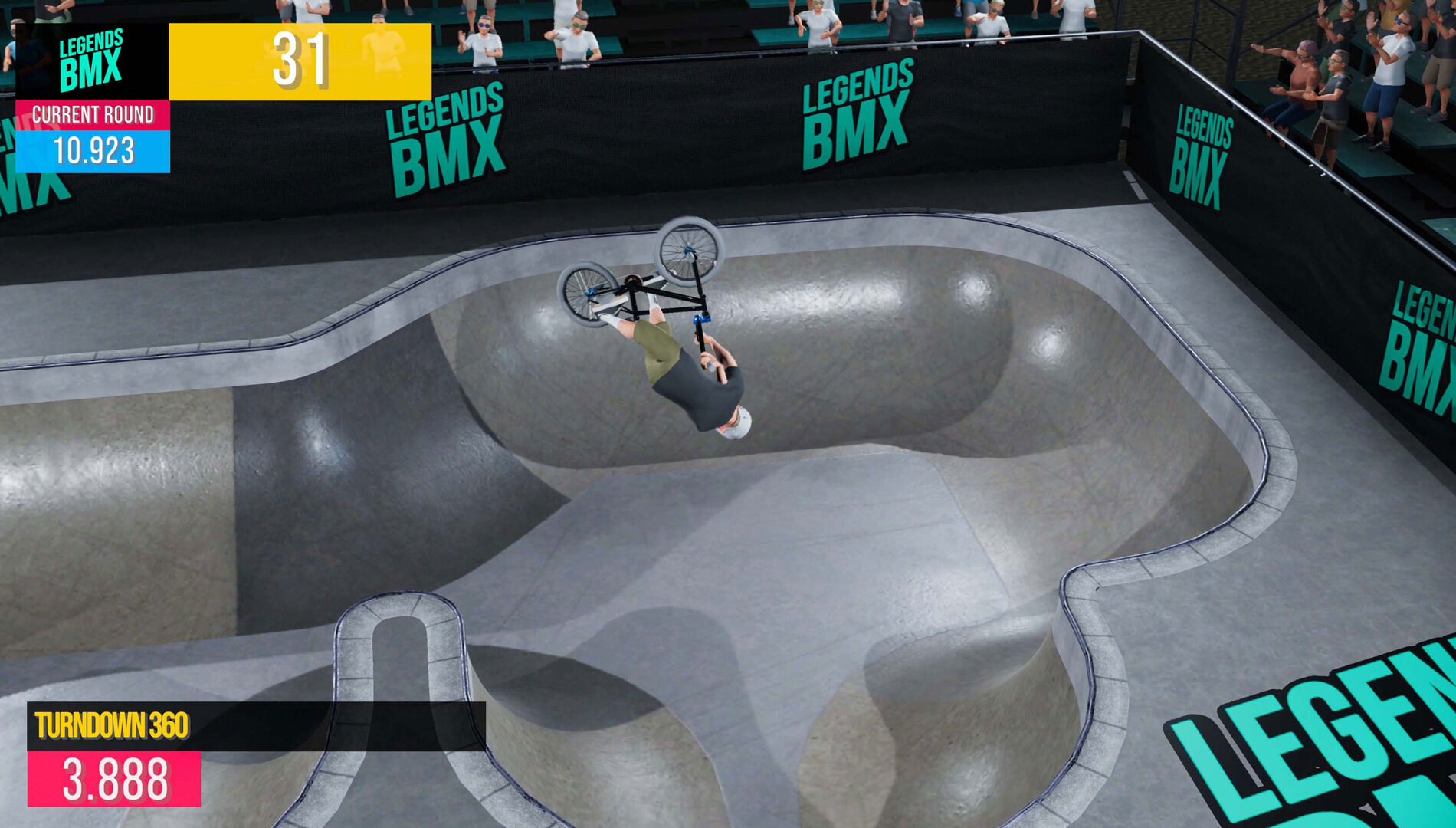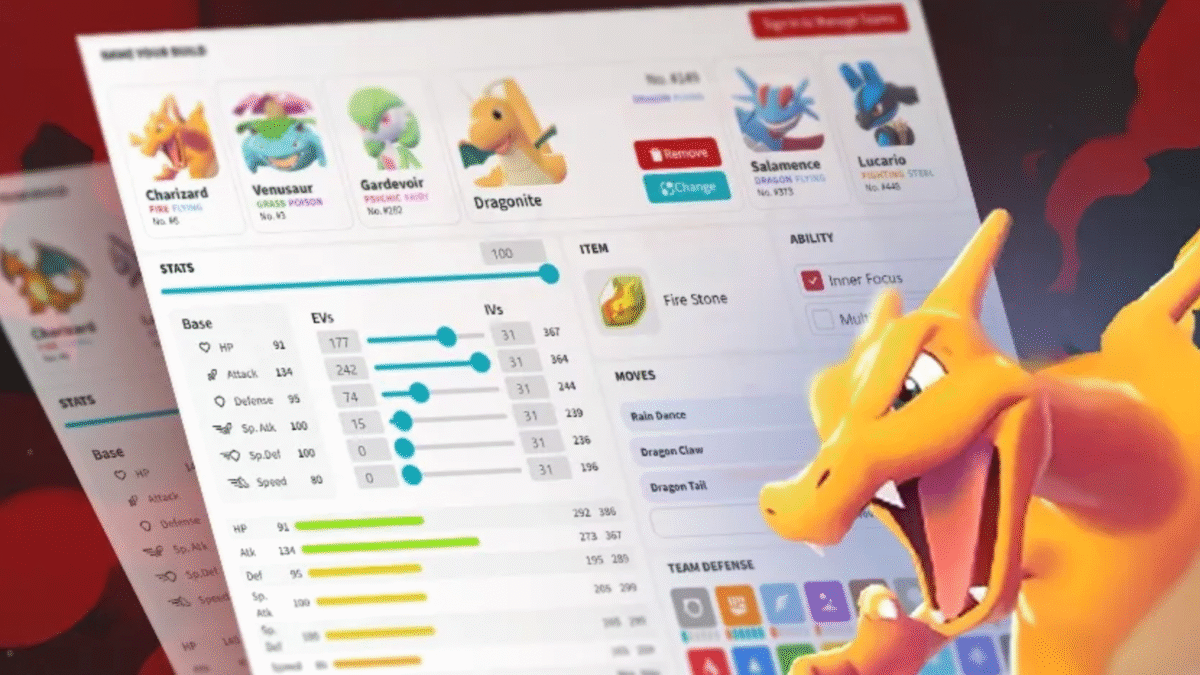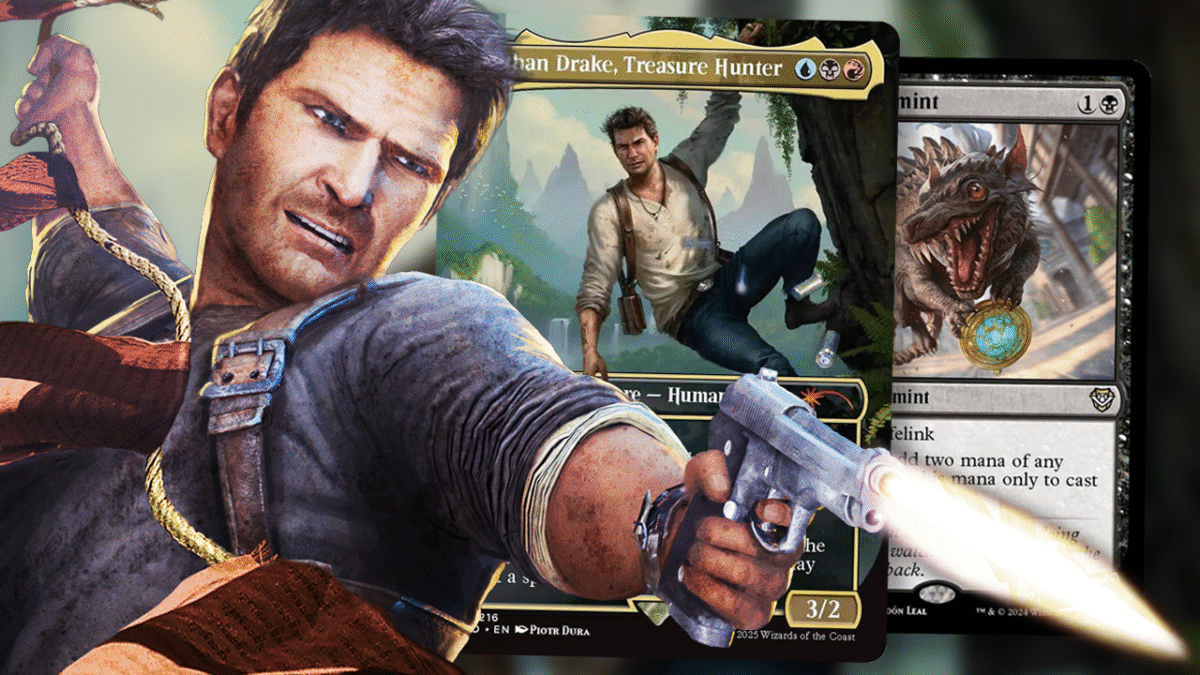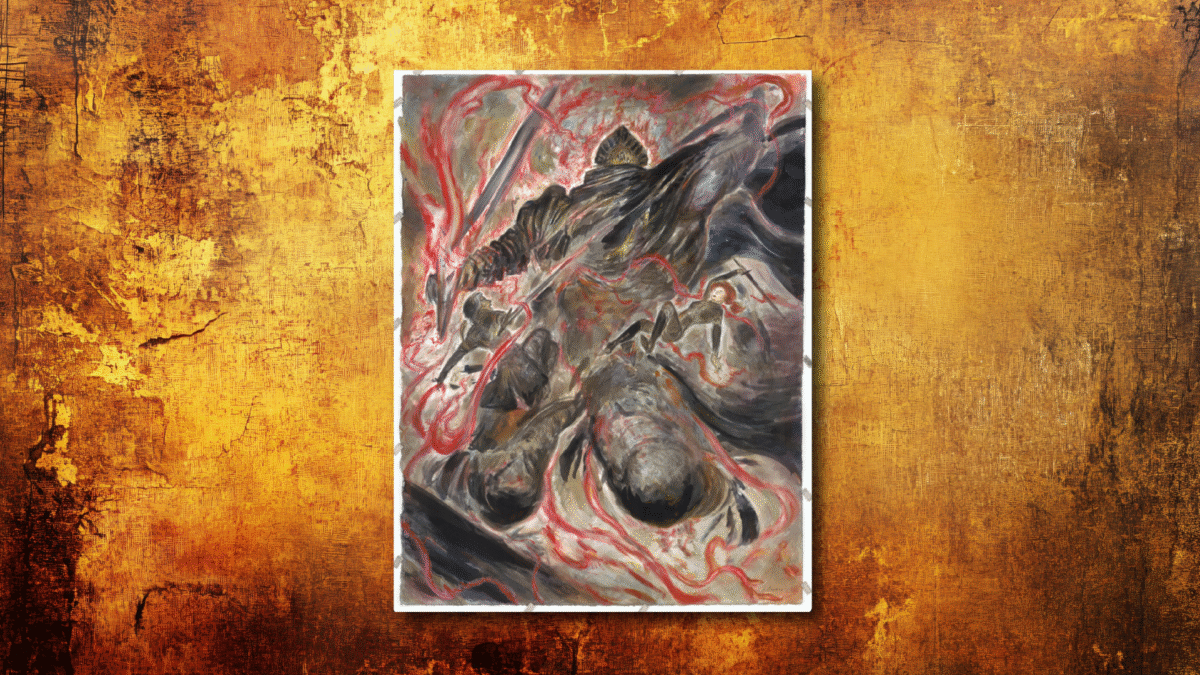
Grand Theft Auto VI has been delayed again, this time to November 19, 2026, and while the fan community is reeling in its own way, the impacts are not limited to just GTA’s eager audience. Grand Theft Auto is a juggernaut, with GTA V having sold 220 million copies to date, GTA Online still a wildly popular space month after month, and anticipation for the sequel breaking trailer viewership records. With a game’s release as hot as this one, what does moving it to a year away mean for everyone else? How will GTA VI’s delay impact the wider games industry?
As usual, we consulted our favorite panel of industry analysts to get their takes.
Delay-shaped ripples
It probably goes without saying, but GTA VI’s delay into November of 2026 also means that behind the scenes, dozens of publishers are now reevaluating their own planned release dates.
At the moment, analysts point out, there aren’t that many games with public release dates specifically set for the final three months of 2026. But companies of course have their own internal plans, and those plans have been actively shifting around both GTA VI delays, out of sight, this entire time. That could mean a much, much thinner slate of game releases at a time that’s normally bursting with games, says Rhys Elliott, head of market analysis at Alinea Analytics.
“Publishers historically avoid launching anything major within several weeks of a Rockstar title. Sadly, GTA now again lands squarely in what is usually a packed holiday window. I can see the typical Q4 blockbuster season looking considerably thinner in 2026, especially when it comes to the single-player titles.”
Manu Rosier, director of market intelligence at Newzoo agrees,pointing out that major publishers have probably already modeled multiple scenarios that include a GTA VI delay, and have plans for where to move their own games instead – plans that may benefit them in the long run.
“Newzoo’s title-level data shows that nearly 45% of major single-player launches since 2021 have landed between August and November, and those late-year releases underperform by roughly 25–35% compared to February–May launches in their first three months of playtime,” Rosier says. “That means a shift out of that congested window could benefit GTA VI and other game launches nearby.”
Even without release dates set already, there are some games we can genuinely count on coming out late in the year, such as a Call of Duty game, EA Sports FC, and Madden. Analysts told me that it’s possible this GTA VI delay causes at least some of them to move out of their usual corner late in the year to another date either earlier or later than usual.
“GTA will also steal engagement and revenues from the current live-service juggernauts like Fortnite and Roblox, which are always having an engagement tug of war, anyway,” Elliott continues. “All these games – and indeed the entertainment industry at large – will be competing with GTA VI for time and attention. Both money and time are finite, so GTA is going to eat up revenue and engagement across the market.”
Rosier disagrees, saying live-service games will be largely unaffected by GTA VI regardless of where it lands.
“Newzoo’s engagement data shows that average monthly playtime across the top 20 console titles has remained up year-over-year, with live-service games accounting for more than half of total console playtime. Those ecosystems will keep momentum regardless of whether GTA VI arrives in spring or later in 2026.”
It’s not just AAA games that will be impacted, too. George Jijiashvili, senior principal analyst at Omdia suggests that major publishers will be cautious about making big changes to their own dates after two GTA VI delays and with a whole year to go. “The real impact will fall on indies and AA games, which are most sensitive to major launches and likely to feel a much bigger ripple effect.”
Upgrades for the Holidays
But while there may be fewer brand new games coming out around the 2026 holiday season, analysts are optimistic for sales of hardware.
“This is the big question that I’ve been talking with retailers and publishers about for, well, years now,” says Mat Piscatella, senior director at Circana. “When GTA V launched, there was a positive impact to sales of console hardware and accessories in the launch month, but that incremental boost was short lived before sales returned more or less to previous baseline. But that did not happen in a holiday window, so I’d expect the positive impact here to potentially be more profound. Let’s call it somewhere between 250k-800k incremental units of console hardware sold in the holiday quarter worldwide above what would otherwise be expected because of Grand Theft Auto VI (yes, that’s a big range). It’s very difficult to say with any confidence.
Piscatella adds that if a PC version were released around the same time, that would boost PC hardware and accessory sales in the same way. But, he caveats everything by noting that he’s making future predictions based on what happened over ten years ago at the launch of GTA V. Things could always be different now.
But Elliott does agree with him, pointing to College Football 25’s launch last year boosting PS5 and Xbox Series sales in the US last year. GTA VI is much bigger.
“While most are on PS5, a huge share of PlayStation’s monthly active users are still on PS4, and GTA VI will not ship on last-gen consoles,” he says. “Many of the holdout players have been waiting specifically for GTA to justify purchasing a PS5 (or Series X/S). That wave of new console owners – and their spending – has now been pushed deeper into 2027.”
Piers Harding-Rolls, research director at Ampere analysis, also noted that “console sales will be even more back loaded in 2026 than is normal,” and told me he thinks this move was one the hardware manufacturers would celebrate: “Generally, in terms of launch timing to generate the most console sales, I think a Q4 release is better than Q2.”
Will this delay impact GTA VI’s sales?
No.
Literally every analyst I asked said no, GTA VI’s delay won’t impact its sales. Interest and anticipation for GTA VI are off the charts, historically unprecedented, according to Piscatella and Rosier. Piscatella added that GTA VI’s November release would likely make Q4 2026 the biggest in video game history in terms of U.S. game spending.
“Grand Theft Auto is such an outlier franchise when it comes to this stuff that the sky really is the limit, and because it is an outlier in so many ways there aren’t benchmarks from which a reliable forecast can really be generated.”
Other Impacts
The analysts I spoke to also mentioned other possible impacts of the delay that I hadn’t considered. One big one, which turned out to be controversial, was whether or not GTA VI’s delay could also end up delaying the release of next-gen consoles.
Other impacts were a bit more…psychological. Elliott pointed out that GTA VI was likely to be a cultural moment where entertainment, internet, and social identity all collided in a very public way. While it would be impossible to ever say exactly how the delay impacted that, the timing of GTA VI’s release will inevitably fall into a very specific cultural time and moment in politics and online culture, and will both influence and be influenced by what’s going on around it.
“Each major GTA release has shaped how people joke, what music goes viral, how cities are portrayed in art and media, and even how players relate to the idea of rebellion in their daily lives,” he said. “A launch in holiday 2025 or early to mid-2026 would have placed that cultural shift inside a very specific online environment, one defined by the competition between TikTok, Reels, YouTube Shorts, and livestreaming for social dominance. That timing would have made GTA the loudest voice in a conversation driven by rapid content remixing and constant viral cycles. In other words, the memes that could have defined 2026 will instead take shape in 2027!”
Rosier also posed the question of psychological impact, but from a different angle. His view is that the delay itself, regardless of when the game releases, signals something much bigger going on in the AAA gaming industry that other major publishers are watching close:
“A GTA VI delay reinforces the growing tension between creative ambition and production realities in AAA development. It’s another signal that even the most established studios are struggling to balance scale, technology, and timelines.
“Newzoo’s historical engagement data shows that single-player titles typically retain 40% of their active players by week 5 and stabilize between weeks 6–12, declining only ~1% per week thereafter. That means publishers can fill gaps between major launches with live-service content, updates, or early-access beats to sustain engagement.
“From a market view, the broader PC & console segment is forecast to reach $85.8 billion in 2025 and continue growing through 2028, supported by rising engagement rather than an expanding release slate. Publishers are learning that the industry’s biggest risk isn’t fewer releases, it’s announcing too early.”
Joost van Dreunen, NYU Stern professor and author of the SuperJoost Playlist newsletter, was thinking along similar lines. As he points out, the industry has been going through a rough patch the last few years, with mass layoffs, game cancelations, studio closures, price increases, and general economic uncertainty. While there’s a sense from a number of sectors that GTA VI could swoop in and be the industry savior, van Dreunen cautions against putting too many hopes on one game – even one as big as GTA VI:
“After the high comes the hangover,” he said. “I realize that many in the industry are looking forward to this undoubtedly pivotal moment. There’s even a somewhat naive expectation that this one release will reverse the industry’s current direction. It won’t. Once Take-Two releases the game, and both players and investors each enjoy their respective highs, I expect a period of sobriety to follow. In the absence of any similar releases in the near future especially investors are likely to redeploy their capital elsewhere, thereby lowering the industry’s overall valuation.”
It’s clear that GTA VI’s delay to November 19, 2026 has already made massive waves industry-wide, and will continue to do so over the next year as the impacts of both its absence in the spring, and its presence in the fall, are more keenly felt. Elsewhere, we’ve covered who wins and who loses from the delay, the internet’s reaction to the news, and what Take-Two CEO Strauss Zelnick had to say about it.
Rebekah Valentine is a senior reporter for IGN. You can find her posting on BlueSky @duckvalentine.bsky.social. Got a story tip? Send it to rvalentine@ign.com.


